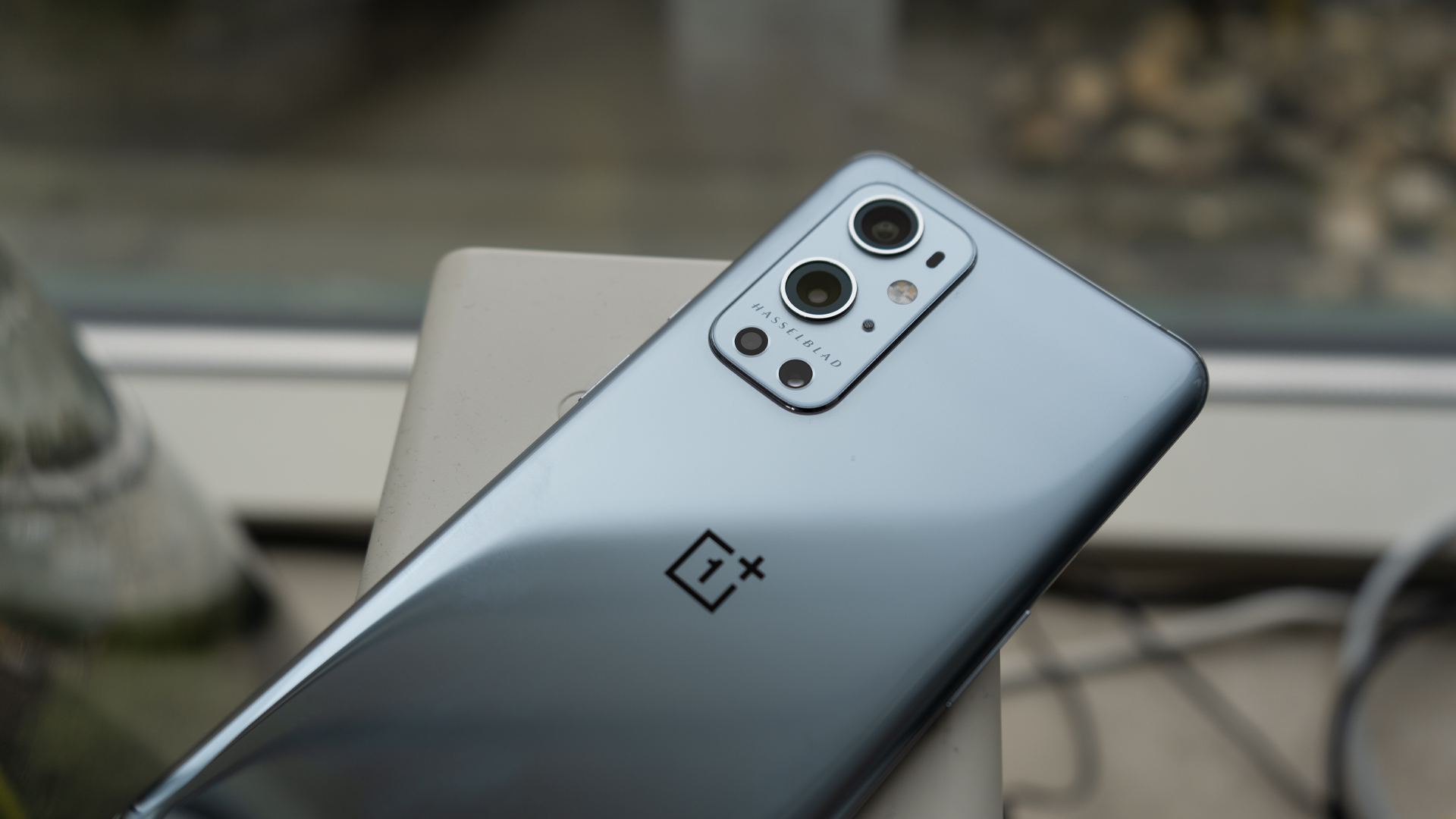To find out how batteries are born, we didn’t have to go to China or America to Tesla, it was enough to stay in Italy. The occasion was the presentation of Askoll’s scooter designed for sharing and, given that the eclectic Marioni (born in 1950, President of Askoll for 37 years) had built the test track right next to the production plants, the behind the scenes visit was a must.
The video will take you through the production phases of an electric scooter but gives a good idea of the steps necessary for the production of an electric car and, scaled, allows you to understand how batteries are born and why they are not all the same.
–
HOW BATTERIES ARE BORN
The trend of producers is that of vertical integration: Tesla took the concept to the extreme by announcing its plans at Battery Day, but other brands are also aiming at cell production (Mercedes announced it among the last), so as to have a controlled supply chain and not have to depend on ships running aground in the Suez Canal, potential future pandemics or geopolitical issues.
–
Auto
06 There
Auto
10 June
–
Today, however, the construction of batteries is still predominant starting from ready-made cells, obtained from various suppliers. Askoll EVA, in particular, uses cylindrical cells and assembles them in a plant that makes battery packs and complete scooters.
–
THE SECRET ROOM
In addition to using machinery designed by one of the company’s divisions (Askoll Quattro), there is an often unknown and underestimated aspect, that of test. In the video, unfortunately, you cannot see what I believe to be the most important room in the plant, an air-conditioned room, also equipped with an oven to simulate warmer temperatures, where the engineers assembled a wall dedicated to the test of the single cells, simulating different usage scenarios.
On balance, it is the closest thing to Research & Development that a manufacturer who buys cells can do: they will not have the skills and money of a Tesla, but this is the difference between the Italians of Askoll EVA and other low cost brands that work in a more mechanical way, limiting investments and costs.
Being able to have a completely customizable simulation, Askoll not only analyzes the batches of cells, therefore realizing any defects beforehand and asking the supplier for an account, but also manages to develop their specifications, request changes for future products and optimize the BMS software.
All this work results in a higher quality of the electrical system, not only the batteries but also the code lines of the control system which, we have seen here, are able to actively influence autonomy.
–
THE STRATEGY AND THE NUMBERS
The visit to the Askoll headquarters was then an opportunity to discover the strategy for the future of the company which rests on three fundamental pillars for the EVA division, the one dedicated to electric mobility. e-Scooter, scooter for sharing (e.sco) and bottom bracket motor for electric bikes.
Interesting numbers of electric scooters which, alone, in 2020 achieved 91% of turnover. These are divided between 60% of sales to final consumers, 20% for the professional delivery world and 20% for sharing, a sign that the company is also able to reach the public and does not speak only with companies.
Often, in fact, the numbers of electric sales are heavily drugged by the sharing world and fleets, the case of Fiat 500 is a recent example. The remaining 8% is represented by the e-bike category which is dominated by the consumer segment (90%) compared to that of sharing.
It should be noted that Askoll EVA does not operate only in Italy and Europe has a different market from ours: in France, for example, the share of L1s (the “fifties”) is 63% compared to L3. Italy, on the other hand, is biased towards the L3 category (84%) and aims to replace the 125 cc with electric ones. In the Netherlands, on the other hand, the share of the “fifties” is 94%.
–
THE MARKET OF ELECTRIC SCOOTERS
Finally, Askoll commissioned a European survey for create the ideal electric scooter (L3). For 63% of Italians, 80 km / h is more than enough top speed (if we add the answer “just enough” we get to 92%) and the 9% who consider it insufficient want a 119 km / h model (average of the answers).
With a category L1 electric scooter we mean the equivalent of the classic “cinquantino” (50 cc) which does not exceed 45 km / h of maximum speed. By category L3 scooters we mean models (electric or petrol) that exceed 45 km / h.
With regard to autonomy, the data of 80 km with a recharge is more than enough for 47% of Italians respondents and just enough for 40%. Here we note that there is 14% who want more autonomy, specifically the average of the answers was 147 km with one charge.
Askoll’s strategy will therefore focus on responding to these needs, but another consideration emerges from the data, that relating to cities. Self Milan and Rome are fertile ground for e-scooters, with respectively 20.5% and 14% of new registrations in the period January-May 2021, few other cities are ready for battery-powered mobility: only Genoa (6.8%), Florence (4.5%) and Verona (3.3%) have interesting stakes.
On the other hand, Naples, Bologna, Catania and Brescia, strongholds of petrol two-wheelers and territories where thermal scooters are widely sold and used, have very low shares in the electric sector.
–

